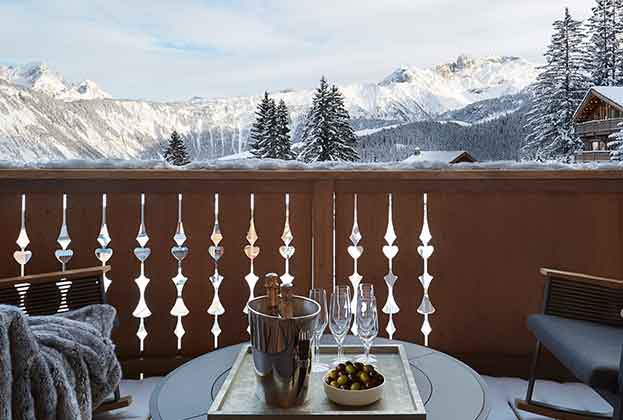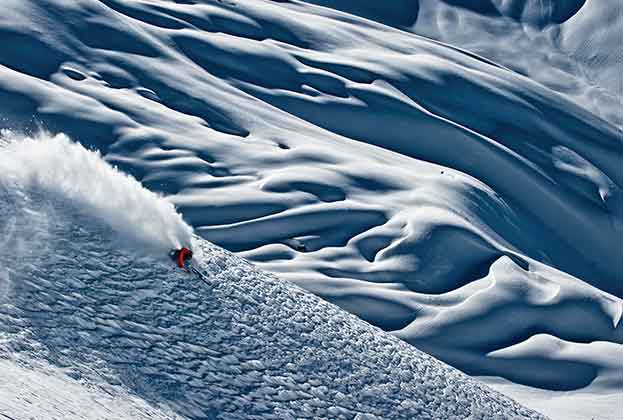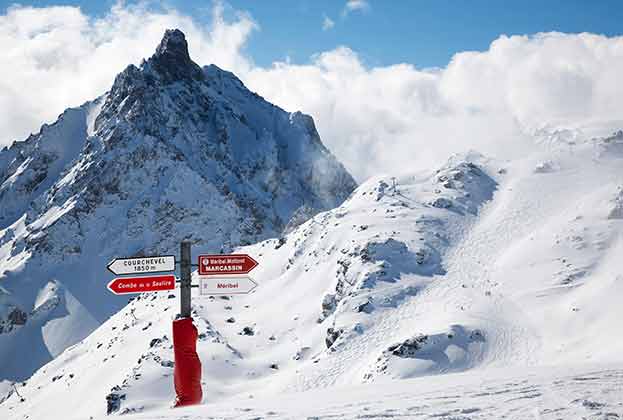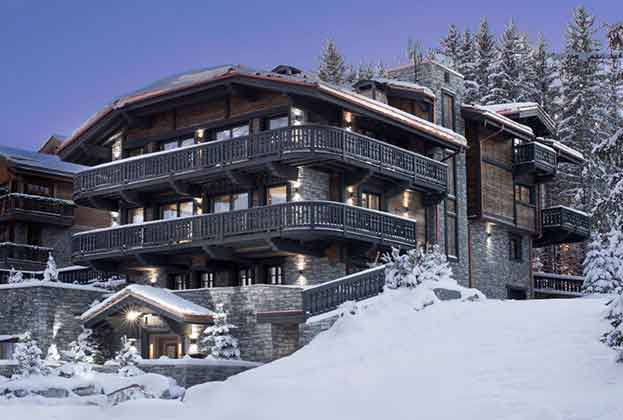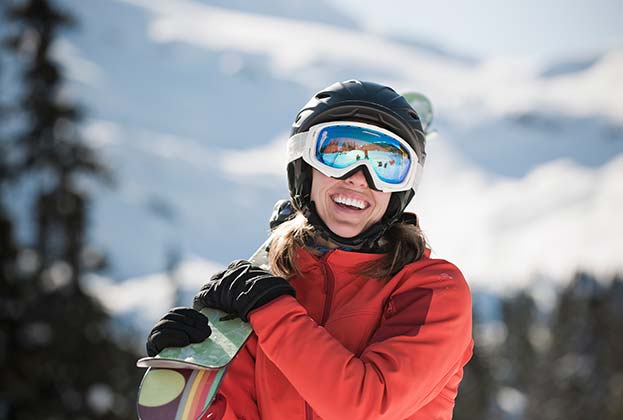The branded residences sector continues to expand globally, including in ski resorts, where luxury is the focus
There is no single definition for a branded residence but, at its core, it’s a residential property available to buy on the open market that is affiliated, usually by design and servicing, with a well-known brand – typically a hotel.
For buyers, a branded residence offers an assurance of quality and a high level of service and amenities akin to a hotel. These benefits, among others, mean branded residences usually command a price premium over equivalent non-branded properties. The average global premium stands at 31%, but this varies significantly by location.
In the past decade, the branded residential sector has experienced significant growth. Rapid expansion has gone hand in hand with a growing, globally mobile, high net worth population seeking a high service offer and hassle-free ownership. Brands, meanwhile, benefit from additional income streams while deepening their relationship with their customers.
The number of branded residences around the world has increased by 170% during the past decade and 2020 is set to be another record year with more than 100 new schemes opening. In alpine markets, branded residences are also growing quickly, having increased 86% over the same period.
Geographical coverage
In line with the sector as a whole, branded residential schemes located in or near ski resorts are focused in North America. The region accounts for 68% of complete schemes located in alpine settings. The pipeline of schemes is, however, more geographically diverse. North America accounts for half of pipeline schemes, while Europe accounts for 40% and Asia-Pacific 10%.
Andermatt Swiss Alps
One of the recent success stories in the Swiss Alps is The Chedi Andermatt. Opened in 2013 and designed by Jean-Michel Gathy, this 5-star hotel has 123 rooms and suites, complemented by 119 luxury apartments that can be purchased by non-Swiss residents. Prices for the penthouses are equivalent to those in leading resorts such as Verbier and Courchevel 1850, but with just 20% of the overall inventory unsold, this shows there is a premium to be obtained for brand luxury. Indeed, The Chedi has helped pave the way in positioning Andermatt’s perceived quality as a destination resort. The recent addition of the Radisson Blu and its Gotthard Residences is attracting strong demand and commanding a premium of circa 34% above other new build product in Andermatt.
.jpg)
Indoor pool lounge at The Chedi Andermatt
Alpine branded residences
Existing schemes in the French Alps include Six Senses Residences and Spa in Courchevel 1850 and Club Med in Valmorel and Samoëns. Six Senses has also lent its name to a luxury scheme of 17 residences in Crans-Montana, following the success of The Chedi Residences, Andermatt. Hard Rock Hotel Davos is offering buyers the opportunity to invest in an apart-hotel scheme with up to eight weeks’ usage per annum. Further schemes in Switzerland are planned in Zermatt, Verbier and St Moritz. Lefay Wellness Residences Dolomiti offers a luxury experience in the Madonna di Campiglio, complementing its sister hotel and spa on Lake Garda.

Terrace at Lefay Wellness Residences
Growing luxury
It’s not surprising that nearly all branded residences located in or near ski resorts are hotel brands, given that the resorts are in tourist destinations. Just one non-hotelier has a scheme in a ski resort, namely global developer YOO, which has a development in Niseko, Japan.
As the branded residential sector is maturing, an expansion of schemes beyond the luxury segment – upper upscale, upscale and midscale brands – is occurring (as classified by STR Chain Scales*).
Luxury brands account for 59% of complete branded residences in alpine markets and 80% of those in the pipeline
Savills World Research
This is not yet the case for branded residential schemes in or near ski resorts. Here, luxury brands account for the majority of complete branded residential schemes in alpine markets (59%), but an even greater share of pipeline schemes (80%). Creating the first true branded chalets is one example of how branded residential operators plan to continue to serve the luxury segment.
Covid-19 has brought challenges to branded residences. Travel restrictions have limited people’s ability to visit international locations and the economic effects of the pandemic are still being realised. However, prime residential markets around the world are some of the least impacted markets, and the wealth of high net worth individuals, branded residences’ primary source of demand, is forecast to fall only marginally.
In the longer term, the shift to more home working could mean owners of second homes stay in them for longer and work from these locations when they visit, particularly in resorts that benefit from high dual-seasonality. Branded residential properties, which offer space with high levels of service and amenities, will be well placed to meet this demand.
*STR Chain Scale segments are grouped primarily according to actual average hotel room rates. The Chain Scale segments are: luxury, upper upscale, upscale, upper midscale, midscale, economy and independent.
Read the other articles within The Ski Report below
.jpg)
